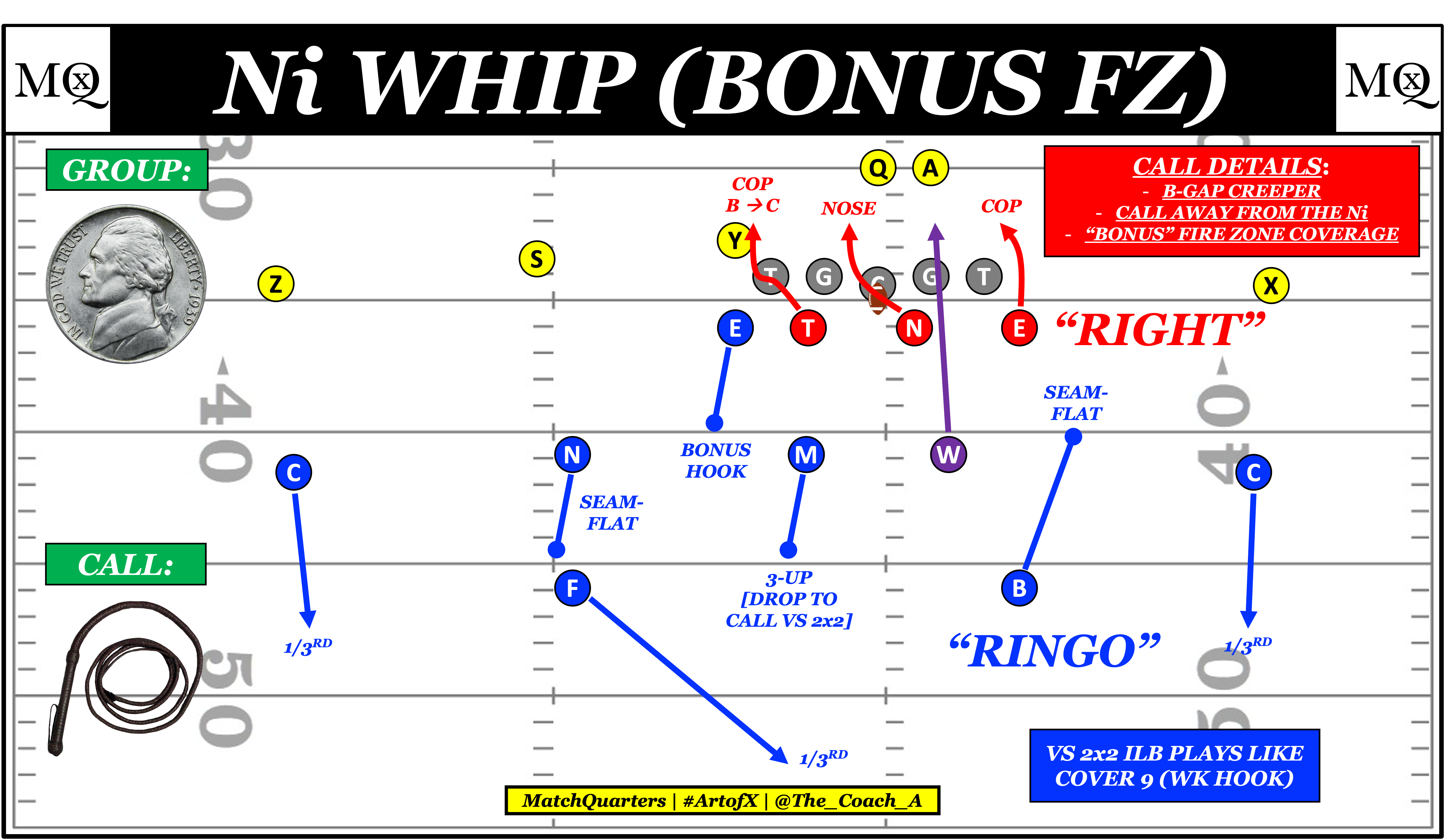Across the NFL this week, the hot topic has been about two-high safeties and where they should be aligned for defenses. No matter what you want to do with them, defensive coordinators will get creative and disguise them even more. Besides, it’s hard enough to play defense in football today’s game anyways so let’s not make it even harder by choosing where players can and cannot align. After all, the whole principle of football is my 11 players are better than your 11 players.
As for the Detroit Lions offense, they will need to be ready for all different types of alignments from safeties, linebackers and the rest of the Cardinals defense this week. They could see two-high safeties consistently or the common theme against them to start the season has been defenses buzzing a safety down to take away the middle of the field. With these Cover 3 Buzz looks from defense, it’s caused some hiccups within the Lions offense. Especially when attacking the middle of the field and that’s exactly what that defensive call is supposed to do.
Despite the Lions seeing a heavy dose of that over the last two weeks, one thing they haven’t seen a lot of yet is simulated pressures from a defense. What is a simulated pressure and what does it mean for the Arizona Cardinals defense and the Detroit Lions offense?

With anything in football, there’s all kinds of variations of aligning and running a blitz, coverages, passing concepts and more. Simulated pressures are no different. Looking at the image above, it’s one variation of a simulated pressure. The image shows a two-high safety look from the defense. However, that two-high look quickly becomes a single-high defense as the boundary safety buzzes down with seam-flat responsibility. Meanwhile, the field safety takes the middle 1/3 part of the field.
Most importantly with simulated pressures is the whole aspect of who’s bringing the pressure. More often than not, it’ll be a 4-man pressure from the defense, but the confusing part for an offense is which players are coming at the quarterback and most importantly, where are they coming from?
The image above shows a 5-man front from the defense. However, the defensive end that is to the field side (left of the defense), is dropping into a mid-hook zone. Countering that is to the right where the WILL (W) linebacker is blitzing into the B-gap. With these types of simulated pressures, you will see all types of defenders aligning on the line-of-scrimmage and bailing out into different types of coverage. Meanwhile, other defenders will be sent towards the quarterback.
https://twitter.com/RussNFLDraft/status/1836387115073970355
As you can see from my tweet earlier this week, I highlight one of the many simulated pressures ran from the Arizona Cardinals. It’s important to note this for the Detroit Lions offense because no team in the NFL runs more simulated pressures than the Cardinals defense.
Looking at data from Field Vision and Match Quarters, the Arizona Cardinals defense runs simulated pressures 57.7% of the time. That means if Lions quarterback Jared Goff attempts 30 passes on Sunday, he should see simulated pressures from the Cardinals defense on 17 or 18 of those passes.
That means that Goff and the Lions offense will need to get rid of the ball quickly on Sunday. Last week against the Buccaneers, the Lions were consistently trying to throw the ball further down the field. It didn’t necessarily fail, but it’s not exactly ideal for the Lions offense. Against the Cardinals, we should see the Lions offense get back to normal with a quick passing attack that features Jahmyr Gibbs, Amon-Ra St. Brown and Sam LaPorta.